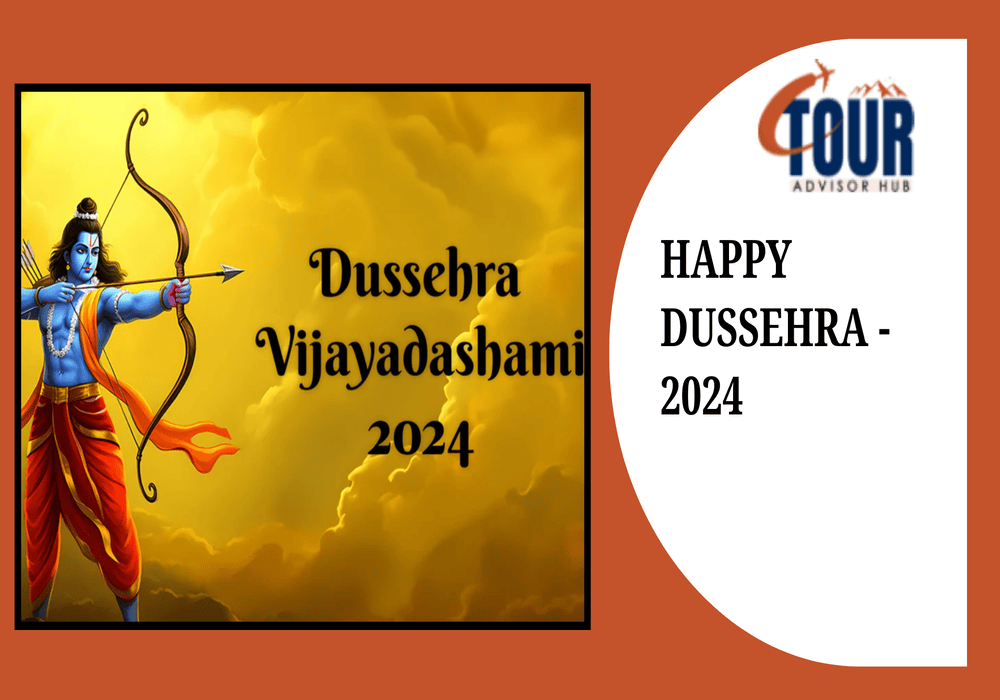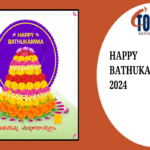Dussehra, also known as Vijayadashami, is one of the most vibrant and widely celebrated festivals in India. In 2024, Dussehra will be observed on October 12th. This festival marks the triumph of good over evil and is celebrated with much enthusiasm and grandeur. Here’s a deep dive into the history, significance, and celebrations of this auspicious occasion.
Dussehra: The Festival of Victory
Dussehra, or Vijayadashami, is celebrated on the tenth day of the Hindu lunar month of Ashvin, which usually falls in September or October. This festival is significant for its association with the epic Ramayana and the victory of Lord Rama over the demon king Ravana. It symbolizes the triumph of righteousness and virtue, reflecting the core values of Hindu philosophy.
The Significance of Vijayadashami
Vijayadashami, as it’s also known, highlights the victory of good over evil. According to the Ramayana, Lord Rama, with the help of his allies, defeated Ravana, who had kidnapped his wife, Sita. This victory is celebrated through various rituals and festivities, reminding people of the importance of upholding moral values and righteousness in their lives.
Durga Ashtami and the Victory of Goddess Durga
In addition to the Ramayana narrative, Dussehra also coincides with Durga Ashtami, a significant day during the Navratri festival, especially in Eastern India. Durga Ashtami marks the triumph of Goddess Durga over the demon Mahishasura, representing the victory of divine power and feminine energy.
Durga Puja Celebrations
In regions like West Bengal and Assam, the culmination of Durga Puja on Dussehra is a major highlight. Elaborate decorations, artistic idols of Goddess Durga, and vibrant processions characterize these celebrations. The festival is a celebration of the goddess’s victory and is marked by grandeur and devotion.
Dussehra Celebrations: Traditions and Customs
Dussehra is celebrated with a variety of traditions and customs across India. Here’s how the festival is observed:
Ramlila Performances
One of the most popular traditions associated with Dussehra is Ramlila, a dramatic reenactment of the Ramayana. These performances take place over several days and culminate in the burning of effigies of Ravana, Kumbhakarna, and Meghnath. The Ramlila performances serve as a vivid reminder of the epic battle between good and evil.
Effigy Burning: Symbolic Destruction of Evil
The burning of effigies is a central ritual of Dussehra celebrations. Huge effigies of Ravana, along with his brother and son, are set on fire in public spaces. This act symbolizes the destruction of evil forces and serves as a dramatic representation of the triumph of good.
Dussehra Fairs and Exhibitions
Across India, Dussehra fairs and exhibitions are held, featuring stalls, food, games, and rides. These fairs add a festive atmosphere to the celebrations and provide a space for community gatherings and entertainment.
Community Gatherings and Feasting
Dussehra is also a time for community meals and gatherings. Families and friends come together to share traditional sweets and dishes, exchange gifts, and enjoy each other’s company. The festival fosters a sense of unity and togetherness.
Worship of Tools and Vehicles
In some regions, Dussehra is also a time to worship tools, weapons, and vehicles. This ritual symbolizes the reverence for knowledge and power, acknowledging the role of these instruments in personal and professional growth.
Conclusion: Embracing the Spirit of Dussehra
Dussehra is a festival that celebrates the eternal battle between good and evil, reminding us of the importance of virtue, righteousness, and community spirit. Whether through Ramlila performances, the burning of effigies, or the vibrant Durga Puja festivities, Dussehra brings people together to rejoice in the triumph of good.
As we approach Dussehra 2024, let’s embrace the spirit of the festival by reflecting on its values and celebrating with joy and enthusiasm.



